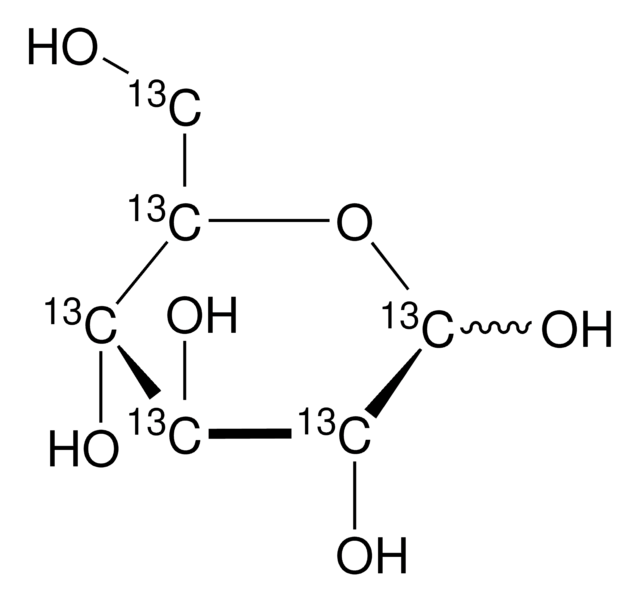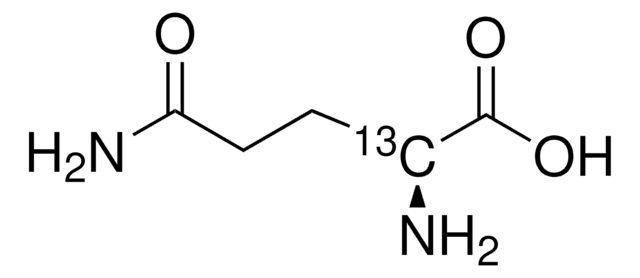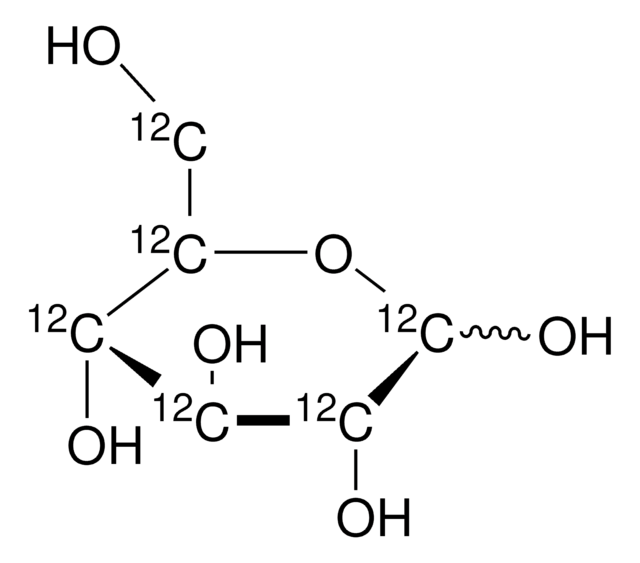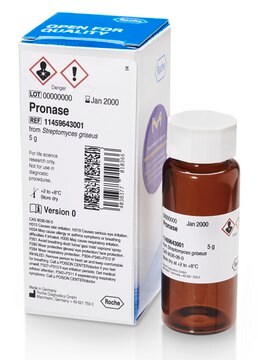608203
D-Glucose-12C6, 16O6
99.9 atom % 16O, 99.9 atom % 12C
Synonym(s):
D-(+)-Glucose, Dextrose
About This Item
Recommended Products
description
13C depleted
18O depleted
isotopic purity
99.9 atom % 12C
99.9 atom % 16O
form
crystalline powder
optical activity
[α]25/D +52.5 to +53°, c = 10 in water + trace NH4OH
mp
150-152 °C (lit.)
solubility
H2O: soluble
SMILES string
OC[C@H]1O[C@H](O)[C@H](O)[C@@H](O)[C@@H]1O
InChI
1S/C6H12O6/c7-1-2-3(8)4(9)5(10)6(11)12-2/h2-11H,1H2/t2-,3-,4+,5-,6+/m1/s1
InChI key
WQZGKKKJIJFFOK-DVKNGEFBSA-N
Looking for similar products? Visit Product Comparison Guide
Packaging
Storage Class
11 - Combustible Solids
wgk_germany
WGK 1
flash_point_f
Not applicable
flash_point_c
Not applicable
Choose from one of the most recent versions:
Certificates of Analysis (COA)
Don't see the Right Version?
If you require a particular version, you can look up a specific certificate by the Lot or Batch number.
Already Own This Product?
Find documentation for the products that you have recently purchased in the Document Library.
Customers Also Viewed
Our team of scientists has experience in all areas of research including Life Science, Material Science, Chemical Synthesis, Chromatography, Analytical and many others.
Contact Technical Service





